Mulholland Highway and Stokes Canyon Road, et al.
Location
Unincorporated Malibu
City or County Responsible for Project
Los Angeles County
Category
Roads: Efficient and Sustainable Road Maintenance, Construction and Reconstruction Projects.
Author
Leslie Schenk
Los Angeles County Public Works
900 South Fremont Avenue, Alhambra, CA 91803
(626) 458-5946
Project Description
The Mulholland Highway (MH) Project (Project) demonstrates that Los Angeles County Public Works is committed to preserving and improving the quality of the road system in a cost effective and environmentally responsible way. The County’s sustainable approach, cold in-place recycling (CIR) was selected as part of the pavement treatment. CIR provided substantial cost savings when compared with an equivalent hot mix alternative and demonstrated strong environmental leadership as it reduced energy consumption, greenhouse gas emissions (GHG), and landfill deposition. The Project showcases the benefits when properly applying the sustainable approach. MH is a scenic road that runs through the Santa Monica Mountains from US Route 101 in Calabasas to Highway 1 near Malibu, providing access to many of the regional parks and attracting numerous automotive enthusiasts. The objective of the project was to rehabilitate almost 10 miles of road that were in poor condition. Construction involved recycling the existing pavement to a depth of 3 inches using the CIR operation, then constructing 1½ inches of asphalt rubber hot mix (ARHM) over the CIR asphalt concrete pavement. The CIR process removes and resizes the existing material, mixes with asphalt emulsion to rejuvenate the existing material, then repaves the new mixture uniformly back onto the road in one continuous operation. CIR was selected as it is more efficient and less costly. By reutilizing the existing material in-place, the CIR treatment eliminated the need to export existing pavement from the Project site and import conventional hot mix asphalt. Eliminating these steps resulted in less environmental and commuter impacts by shortening construction durations and avoiding complete road closure. The CIR pavement rehabilitation cost for the Project was approximately $1.4 million ($1.32 per square foot). When compared to a conventional hot mix alternative, CIR resulted in a cost savings of nearly $773,000 while extending the service life of the pavement for additional 10 to 15 years. In addition to being cost effective, the CIR treatment reduced energy consumption by 75 percent, (GHG) emissions by 77 percent, and landfill use by 4,800 cubic yards. Approximately 20,000 vehicle tires were recycled and used in the ARHM. This sustainable approach also allowed the County to be good stewards of natural resources by mitigating the need to quarry tons of virgin material. In summary, the Project preserved and improved the overall quality of the road system in a cost effective and environmentally responsible way. The County’s commitment to sustainable projects like the MH project addresses existing funding shortfalls and meets the objectives of AB32 of reducing GHG emissions. The MH project was the tenth CIR project successfully completed by the County and is a testament of a proven model for other agencies to adopt.

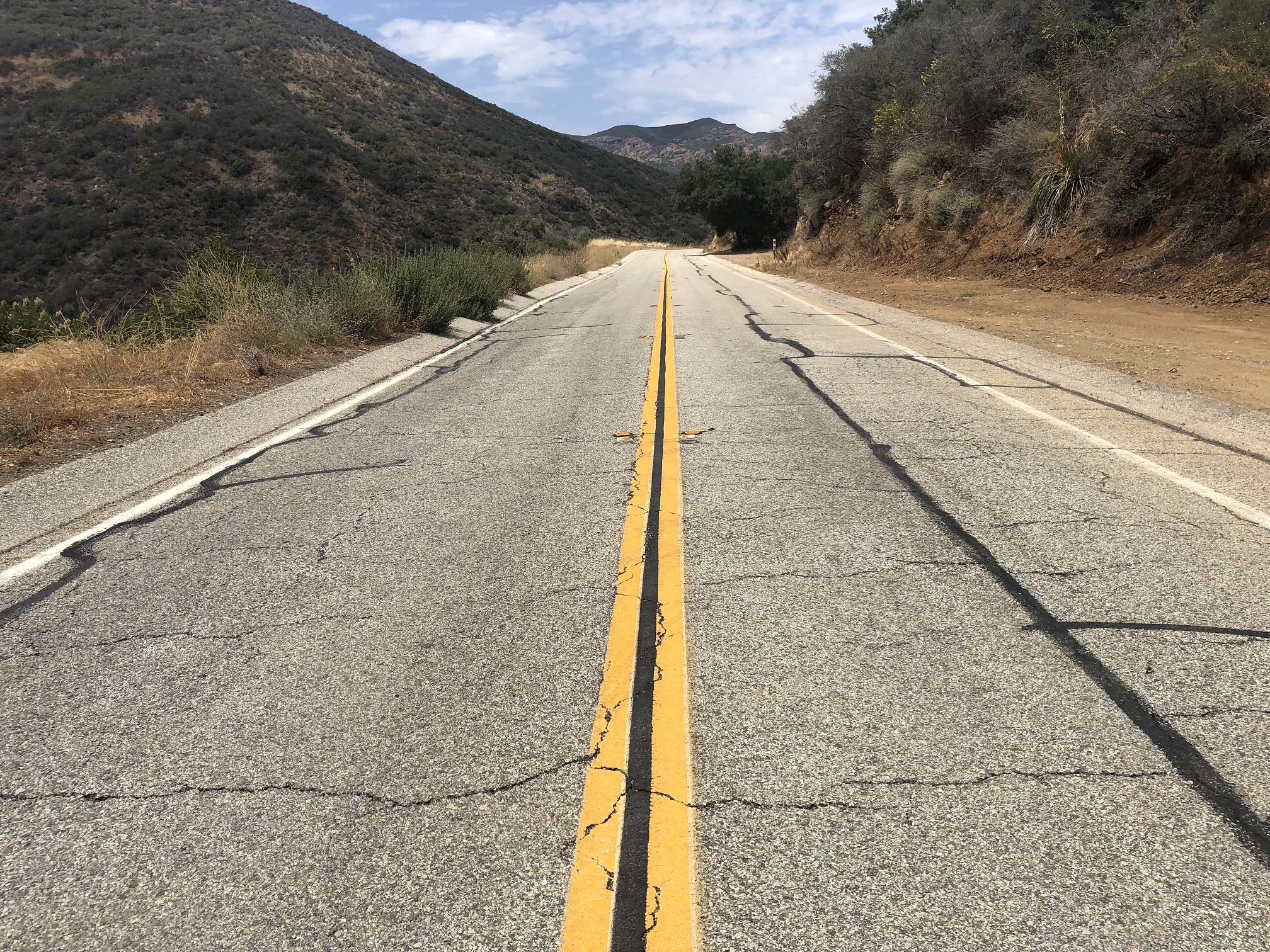
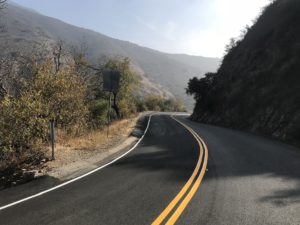
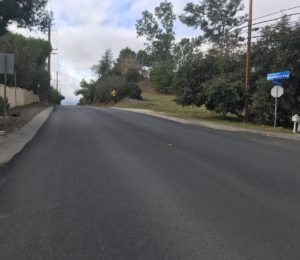
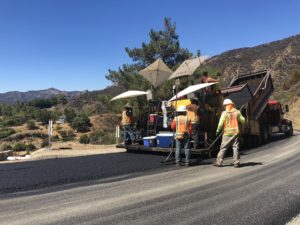
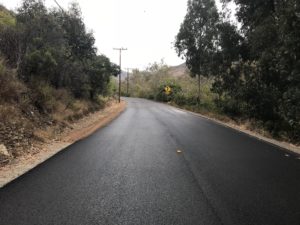

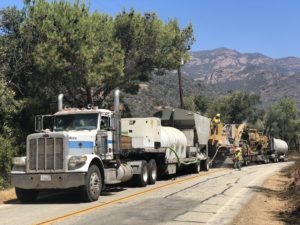
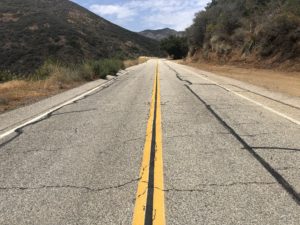
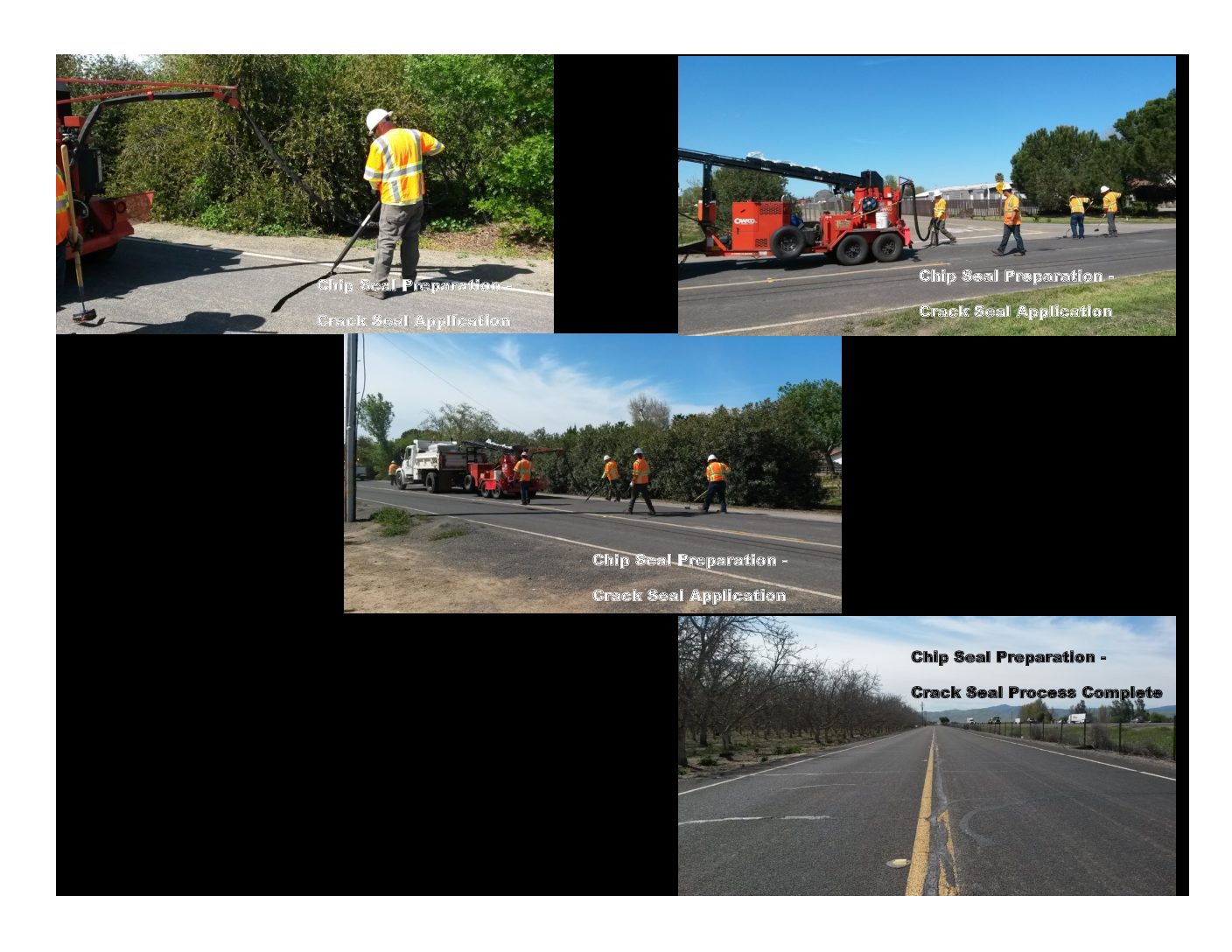
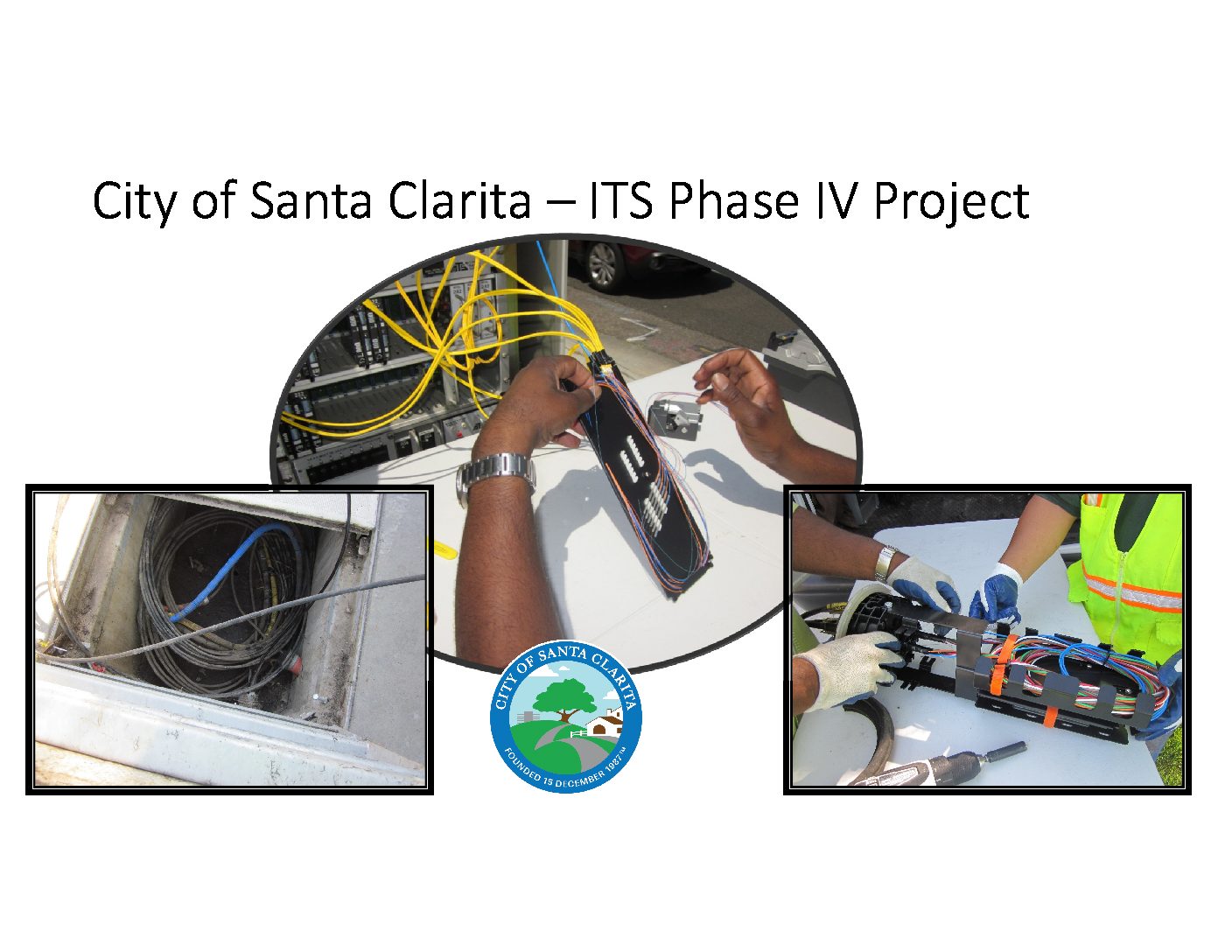
Add Comment